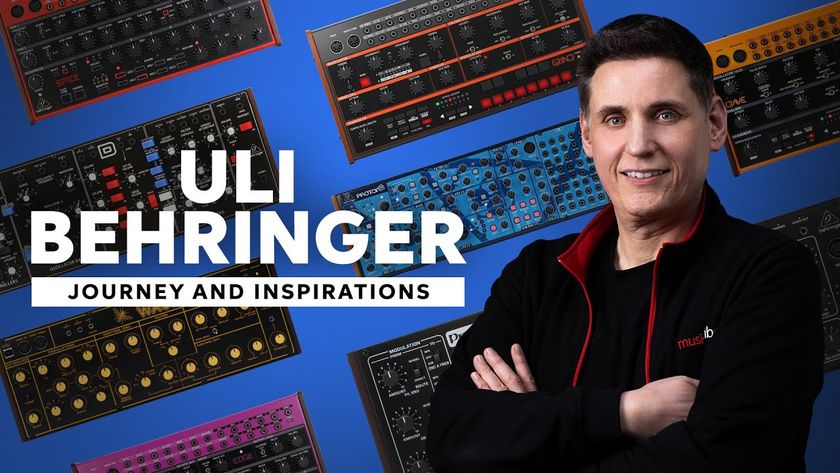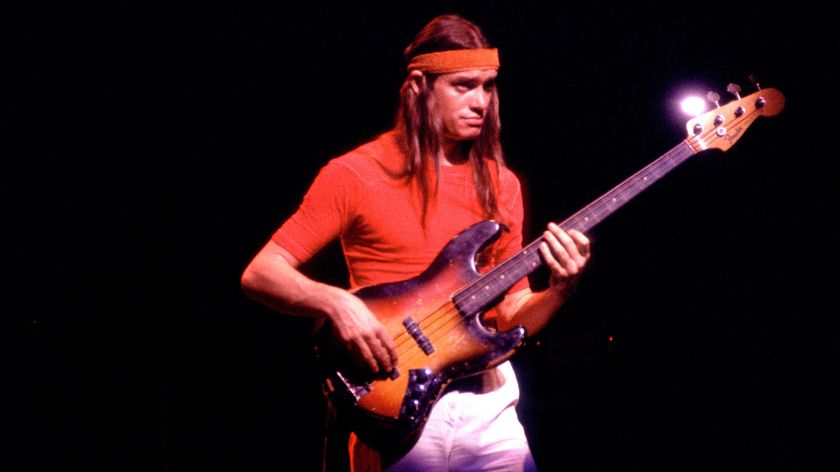Native Instruments announces Maschine Studio and Maschine 2.0 software
A bigger Maschine, and new software for all versions

NI Maschine Studio

NI Maschine Studio

NI Maschine Studio

NI Maschine Studio

NI Maschine Studio

NI Maschine Studio

NI Maschine Studio

Maschine 2.0

Maschine 2.0

Maschine 2.0
Native Instruments has unveiled Maschine Studio, the new flagship in its range of pad-based software/hardware groove production products. It's also taken the wraps off version 2.0 of the Maschine software, which will be offered as a $99/€99 update to all existing Maschine users.
Let's consider Maschine Studio first. This ships with a significantly larger hardware controller than the standard Maschine, and one that sports a pair of hi-resolution colour displays. We were treated to an early demo of the product, and it's clear that it's designed for people who want to do more on the hardware and cut down on their mouse time.
The thinking behind having two screens is that, when editing samples or using the pattern sequencer, the left-hand one displays an overview, while the right-hand one provides the detail. You can also use the screens to browse projects, groups, sounds, instruments, effects, and samples. Once nice touch is that, when you're working with Komplete instruments and effects, their product icons show up on the hardware.
Also new is the Edit section, which is dominated by a pretty sizeable jog wheel. There's a level section that sports a volume knob and a multi-purpose meter display (this can show master, group, sound, and cue levels, along with monitoring for up to four selectable input sources), and additional buttons for accessing Maschine's different views.
"With Maschine Studio, you get the sense that NI is taking another significant step towards turning Maschine into a self-contained production platform."
Other features include one MIDI Input, three MIDI Outputs and a built-in collapsible stand.
With Maschine Studio, you get the sense that NI is taking another significant step towards turning Maschine into a self-contained production platform. Whether it'll ever be comprehensive enough to serve as a total DAW replacement remains to be seen, but that's the direction it seems to be going in.
As things stand, it'll be interesting to see how many users (Maschinists?) are keen enough on putting more emphasis on the hardware to stump up the $999/€999 that Maschine Studio costs, and whether these will be new customers or people upgrading from an existing model. It's worth reiterating that the standard and Mikro versions of Maschine are still available, so NI is giving users a choice.
Get the MusicRadar Newsletter
Want all the hottest music and gear news, reviews, deals, features and more, direct to your inbox? Sign up here.
Maschine 2.0 software
Speaking of the other Maschines, these will all support the Maschine 2.0 software, which brings both new features to improve your workflow and additional content. There's now a tag-based attribute browser that's designed to make it easier to find the perfect samples and presets, plus individual UIs for Maschine's built-in plugins.
Significantly, there's also a mixer page, which can be used to adjust levels and route your aux sends, plugins and (unlimited) groups and insert effects. The new multi-core audio engine, meanwhile, delivers sidechaining and - NI claims - higher instrument, effect and plugin counts.
"Maschine 2.0 ships with five drum synth plugins, and these sounded mightily impressive to us."
In addition to a spruced-up, 8GB sound library, Maschine 2.0 ships with five drum synth plugins, each of which covers a different drum type (kick, snare, etc). Created without any samples, these sounded mightily impressive to us, whether used in electronic or acoustic modes. In fact, the biggest disappointment here is that there are currently no plans to release them outside of the Maschine software.
As before, the Maschine software bundle includes the Massive synth, but now Prism (NI's percussion synth) the Solid Bus Comp(ressor) and the Scarbee Mark 1 electric piano are included, too.
Both Maschine Studio and the Maschine 2.0 software will be available from 1 November. Existing users can purchase the new software for $99/€99 from this date, while anyone who buys a Maschine or Mikro between now and then will get a free download of the new software.
Find out more on the Native Instruments website



I’m the Deputy Editor of MusicRadar, having worked on the site since its launch in 2007. I previously spent eight years working on our sister magazine, Computer Music. I’ve been playing the piano, gigging in bands and failing to finish tracks at home for more than 30 years, 24 of which I’ve also spent writing about music and the ever-changing technology used to make it.
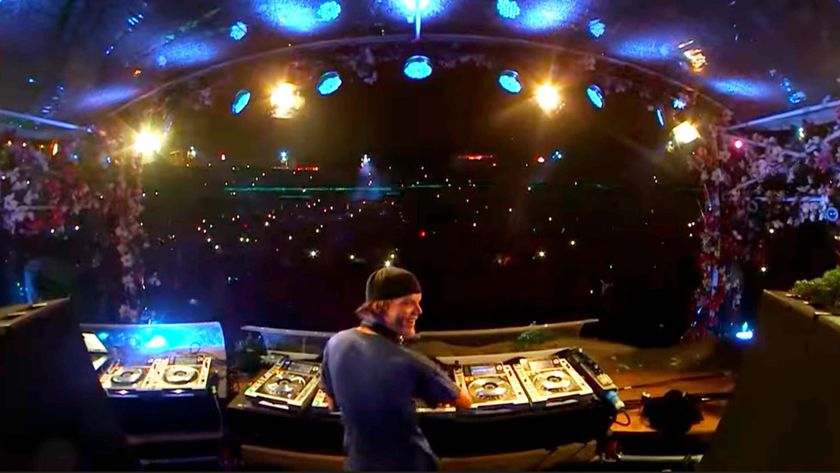
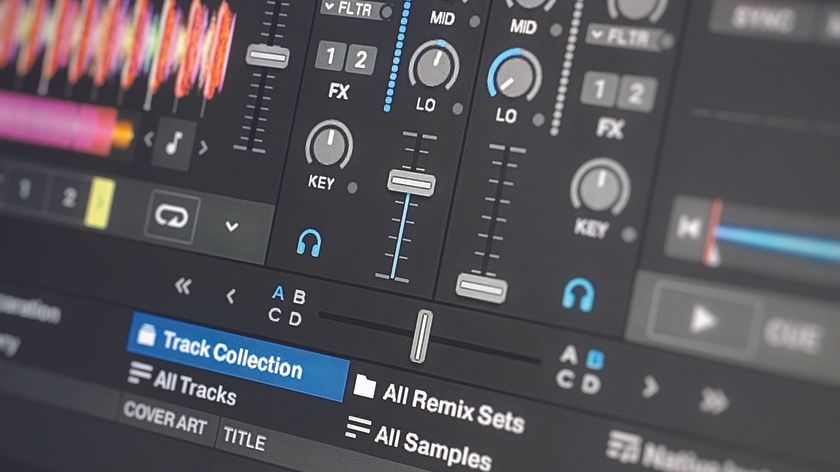
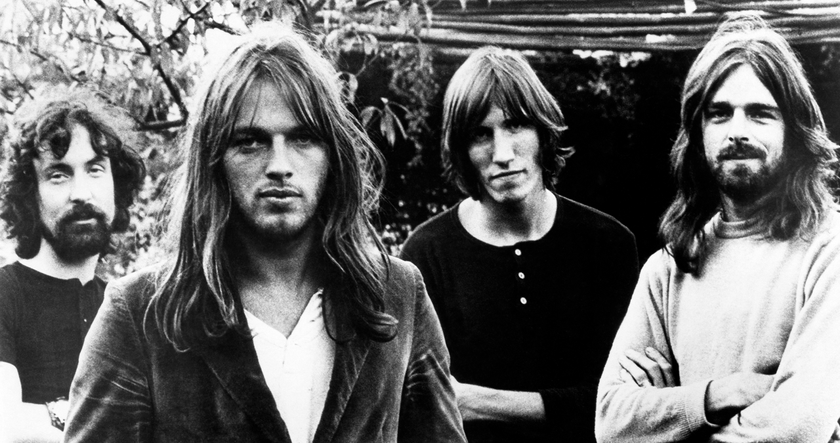


![Chris Hayes [left] wears a purple checked shirt and plays his 1957 Stratocaster in the studio; Michael J. Fox tears it up onstage as Marty McFly in the 1985 blockbuster Back To The Future.](https://cdn.mos.cms.futurecdn.net/nWZUSbFAwA6EqQdruLmXXh-840-80.jpg)

